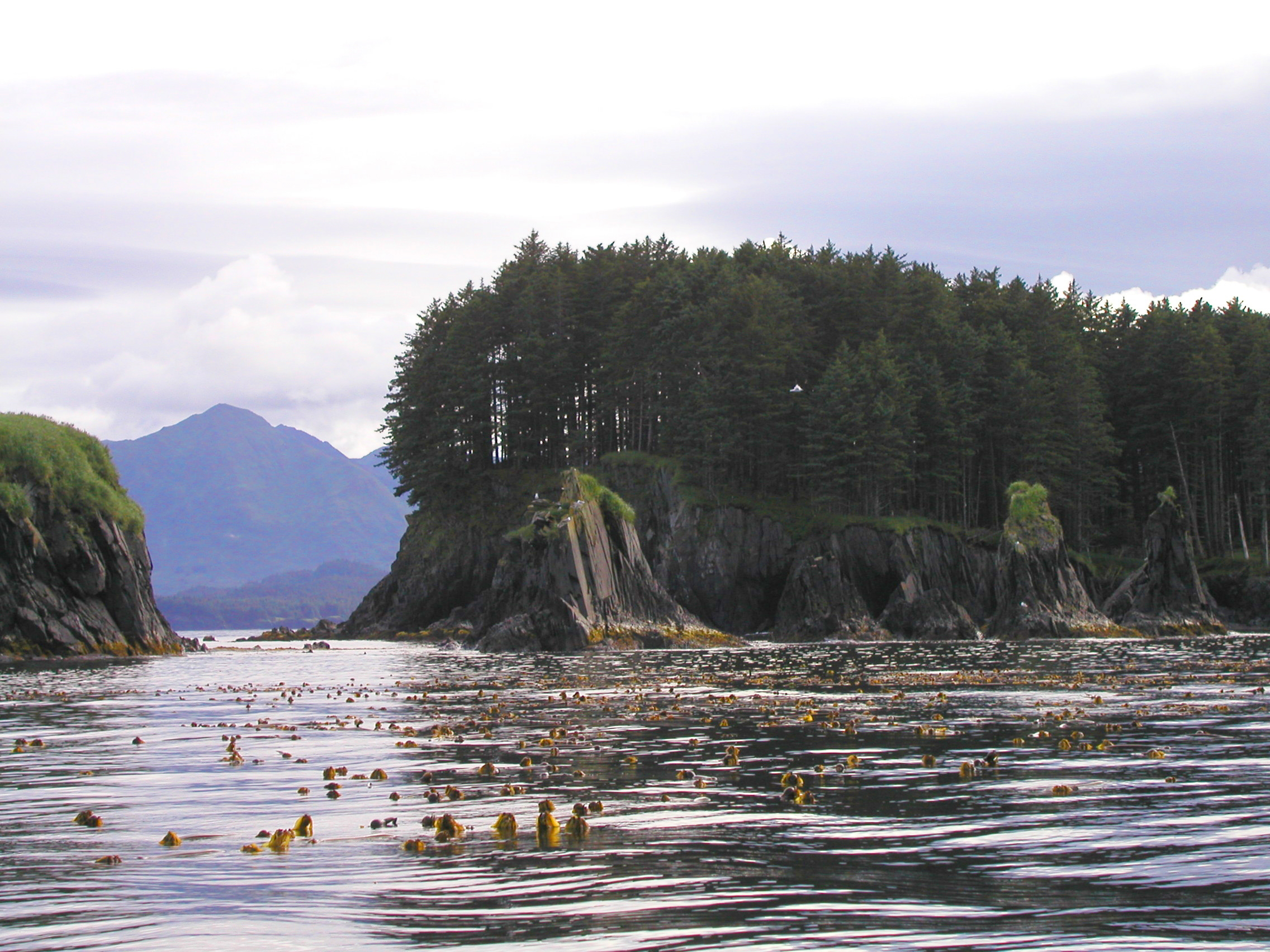Why we care:
Alaskan Native communities rely on healthy marine ecosystems for work, sustenance and their way of life. Ocean acidification has documented impacts to marine life and these communities. Community members participate in ocean acidification monitoring and we need to better understand how to meet community needs and fill important monitoring gaps. Monitoring has been intermitten since 2017 and this work will aid in sustaining this work.
NOAA Ocean Acidification supports workforce development through funding a fellow for this project with the 2023 Alaska Sea Grant State Fellowship Program.
What we will do:
Jake Cohen is the fellow working with Alaska Sea Grant and the Kodiak Area Native Association (KANA) in partnership with Kodiak Tribes to support Tribal ocean acidification monitoring programs. He will develop a long-term plan for ocean acidification monitoring to identify funding sources and gaps, and conduct a needs assessment so that the program meets the needs of Kodiak Tribes. The program has faced many obstacles, and KANA does not have the capacity in its facility for a long-term program. The fellow is working within KANA to develop a collaborative program that engages project partners, including AOOS, NOAA, Alaska Sea Grant, Sitka Tribe of Alaska, Kodiak College, Kodiak Tribes, and other interested parties. The fellow will attend appropriate marine monitoring workshops and trainings in an effort to stay connected and up-to-date with programs throughout Alaska. Additionally, Jake will also assist on a Gulf of Alaska ocean acidification regional vulnerability assessment with Alaska Sea Grant and the Alaska Fisheries Science Center.
Benefits of our work:
This work will identify specific ocean acidification monitoring and support needs by Kodiak Tribes,. Additionally, it supports the career development of a fellow and increase capacity in the region. Check out this brief ocean acidification and monitoring guide for Kodiak communities.
Image: Spruce Island in the Kodiak region of Alaska. NOAA



